Coaches and analysts of the game of Rugby are always on the lookout for a deeper understanding of statistics. One of the most popular and straightforward stats is the percentage of ‘winning’ collisions. Win more of the collisions between attacker and defender and go forward in the tackle, and you will probably win the game – that is how the theory goes.
As always, it depends on context. Just under one year ago I wrote this article https://www.therugbysite.com/blog/tackling/how-to-chop-down-the-attack-the-shaun-edwards-way, illustrating how the most successful defence coach in the world, France’s Shaun Edwards, had been busy refining the tackling technique of his charges.
That article ended with the following summary:
Edwards has amended and developed his low tackling, ‘chop’ philosophy with the times. He has averted the danger involved in a no-arms tackle by getting his new charges to perform low tackles in which the ball-carrier is thrown over to defensive side of the fence, in a situation where the jackal holds the trump cards. It is far more difficult to demand the ball back from your neighbours in those circumstances.
The keys to Edwards’ success with the chop tackle are twofold – 1 the tackle has to ensure that the ball-carrier is brought to ground, with the ball on the deck, and 2 the endgame of the tackle is to bring the ball closer to the defence than it is to the attack, and therefore more exposed to pilfer.
The standard formula has been for one tackler to make the ‘chop’, and a second defensive player to pilfer the ball. The newly-crowned European Champions Stade Rochelais have taken that formula to the next level, with a third defender added to give two players on the pilfer. At La Rochelle, this happens rather more often than not.
The following simple example comes from La Rochelle’s EPCR semi-final victory over Racing 92:
Probably ill-advisedly, Racing number 10 decides to take on the Rochelais chase on a kick return. He is cut down by a low tackle, where the intent is not to stop the ball-carrier in his tracks, but create a landing zone closer to the defence than the attacking support:
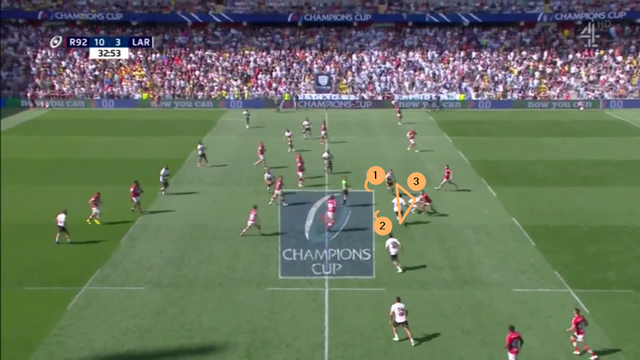
When Russell goes to ground, not one but two La Rochelle defenders drop in behind the tackle ball, and they are both closer to the ball than any of the Racing support players. This is the fundamental Rochelais defensive triangle, with a low tackle at its tip (“3”) and a ‘double jackal’ (“1” and “2”) at its base.
The triangle becomes even more effective when the tackler can stay on his feet after contact and give the cleanout support an extra problem to resolve:
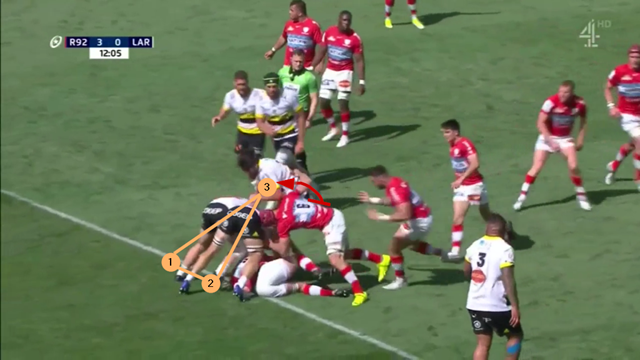
In this case, the tackler simply allows the ball-carrier to pass beyond him into the clutches of the two waiting jackals and then folds himself into the ruck. He ends up demanding attention from the first arriving cleanout player (Racing number 6 Wenceslas Lauret) and shielding the two jackals from removal.
A strong second effort by the ball-carrier after initial contact has been made – resulting in the Shangri-La of ‘post-contact metres’ – is typically seen as a win for the offence, but it is not always true:
The Racing number 1 eventually passes beyond the low tackle of Rochelais number 4 to fall forward in the tackle, but it only brings him closer to the pilfer by front-rowers Pierre Bourgarit and Danny Priso. It also allows the tackler to incidentally impede the approach line of the Racing number 5 to the ruck as he gets up off the floor. Advantage defence.
Adopting a low tackle technique which ‘tips’ the ball-carrier over the defender’s shoulder is a typical Shaun Edwards recipe in contact. France’s incumbent second five-eighth Jonathan Danty prefers to use the Judo ‘sacrifice’ throw, dropping his own body underneath the ball-carrier while propelling his opponent over the top towards his goal-line:

The first example comes from the international series between France and Australia in July 2021, the second from the EPCR pool game between La Rochelle and Glasgow Warriors six months later. The intent is exactly the same – to ‘lose the collision’ in order to manufacture a situation at the post-tackle where two defenders are closer to the ball than the attacking support.
Summary
Why bother obsessing about collision wins when you can use the ball-carrier’s own forward momentum against him? Why commit only one poacher to the post-tackle when you can overpower the cleanout with two? These are both serious questions raised by Shaun Edwards’ coaching of low tackle technique with the French national team, and La Rochelle’s rise on the European club scene. The ball is in the court of the attacking team.
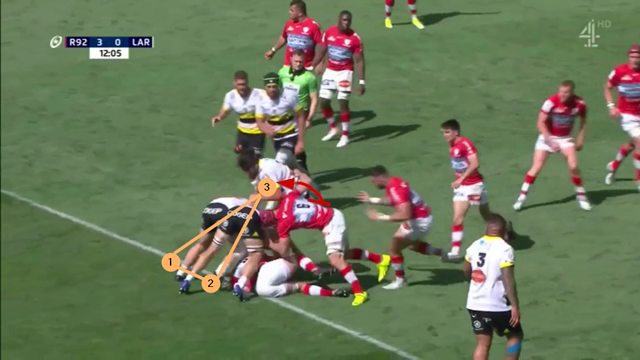


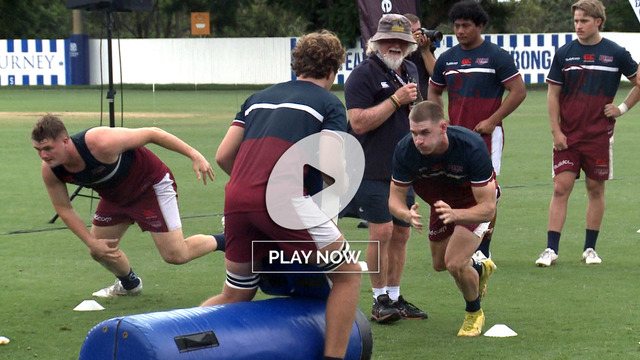
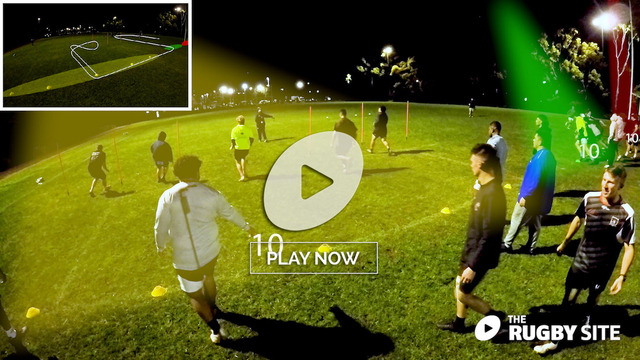

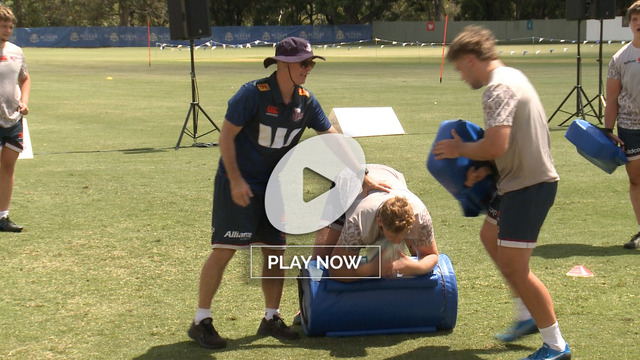
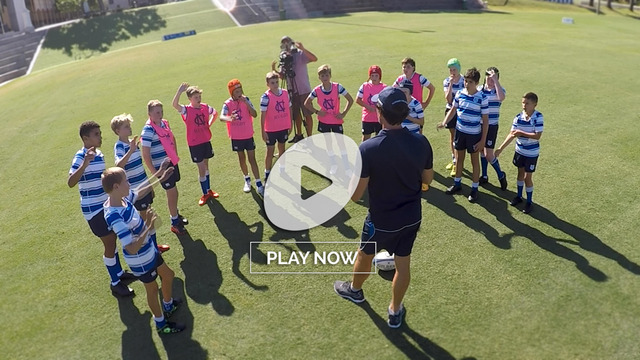

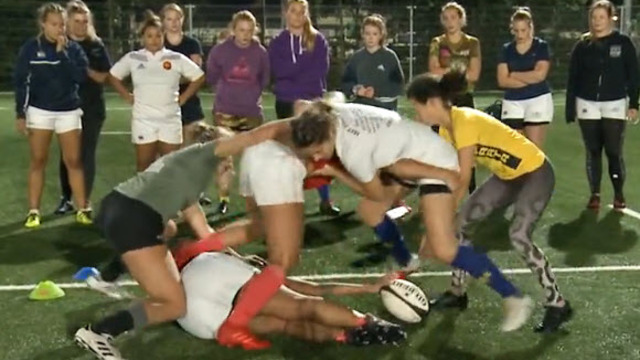

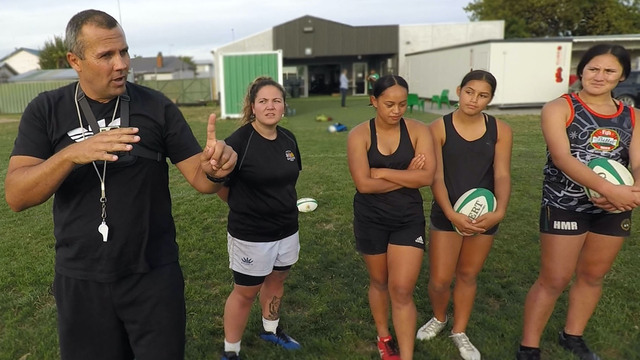

.jpg)
.jpg)
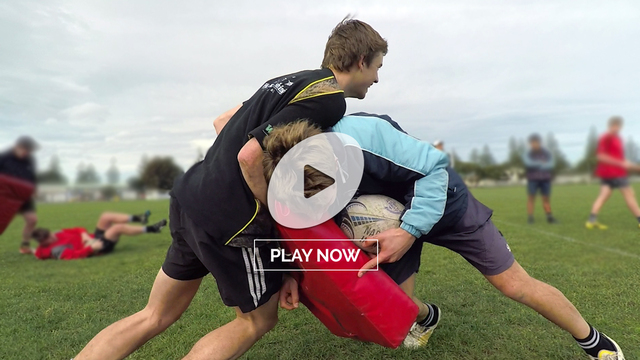
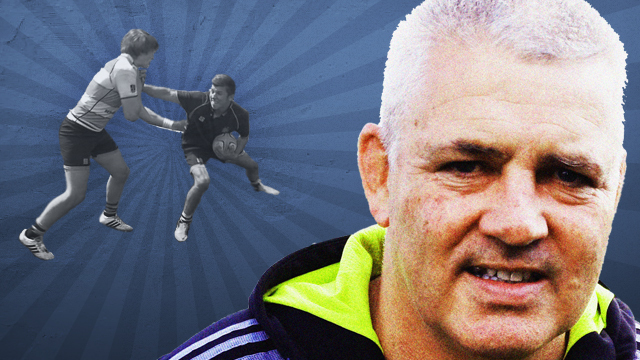
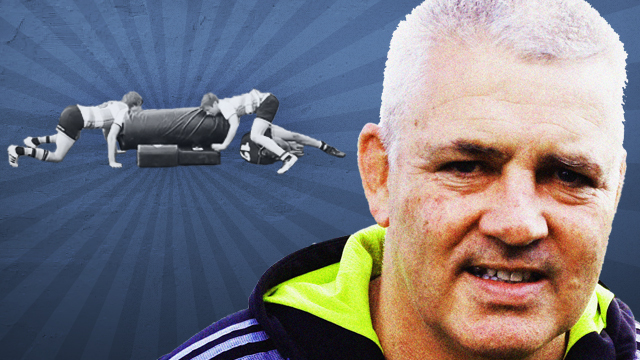

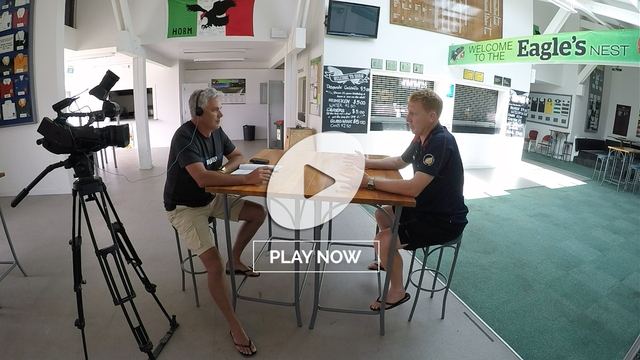
_no_button.jpg)

